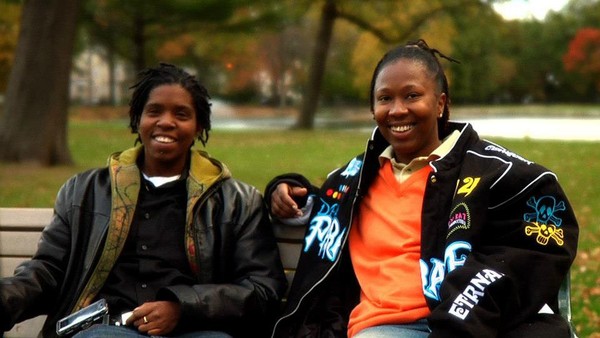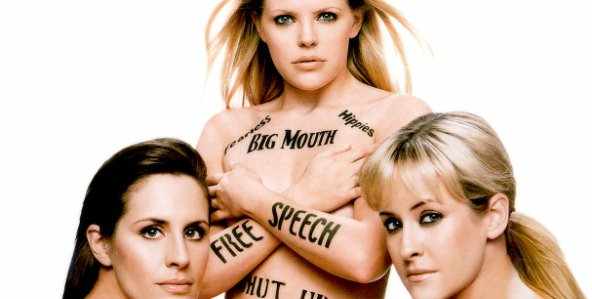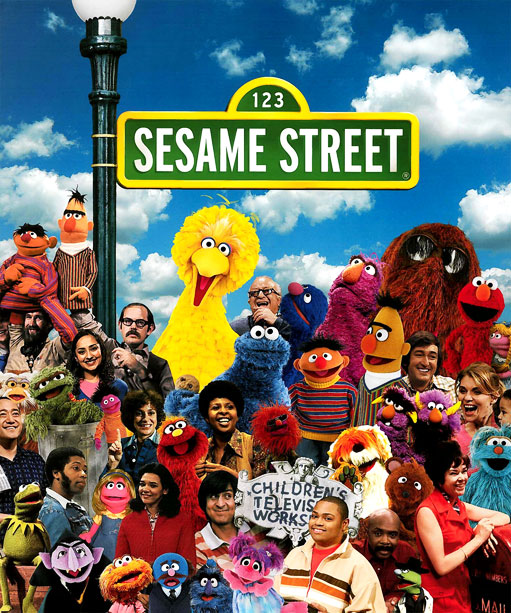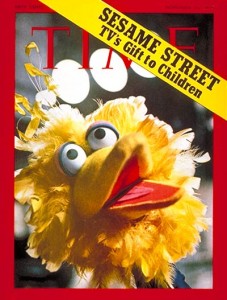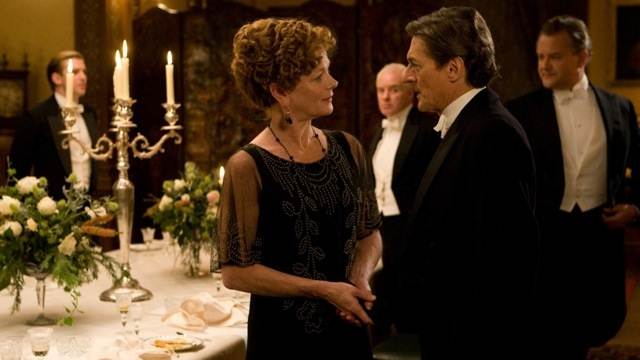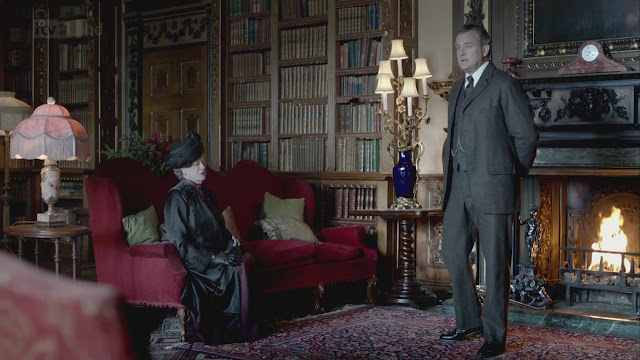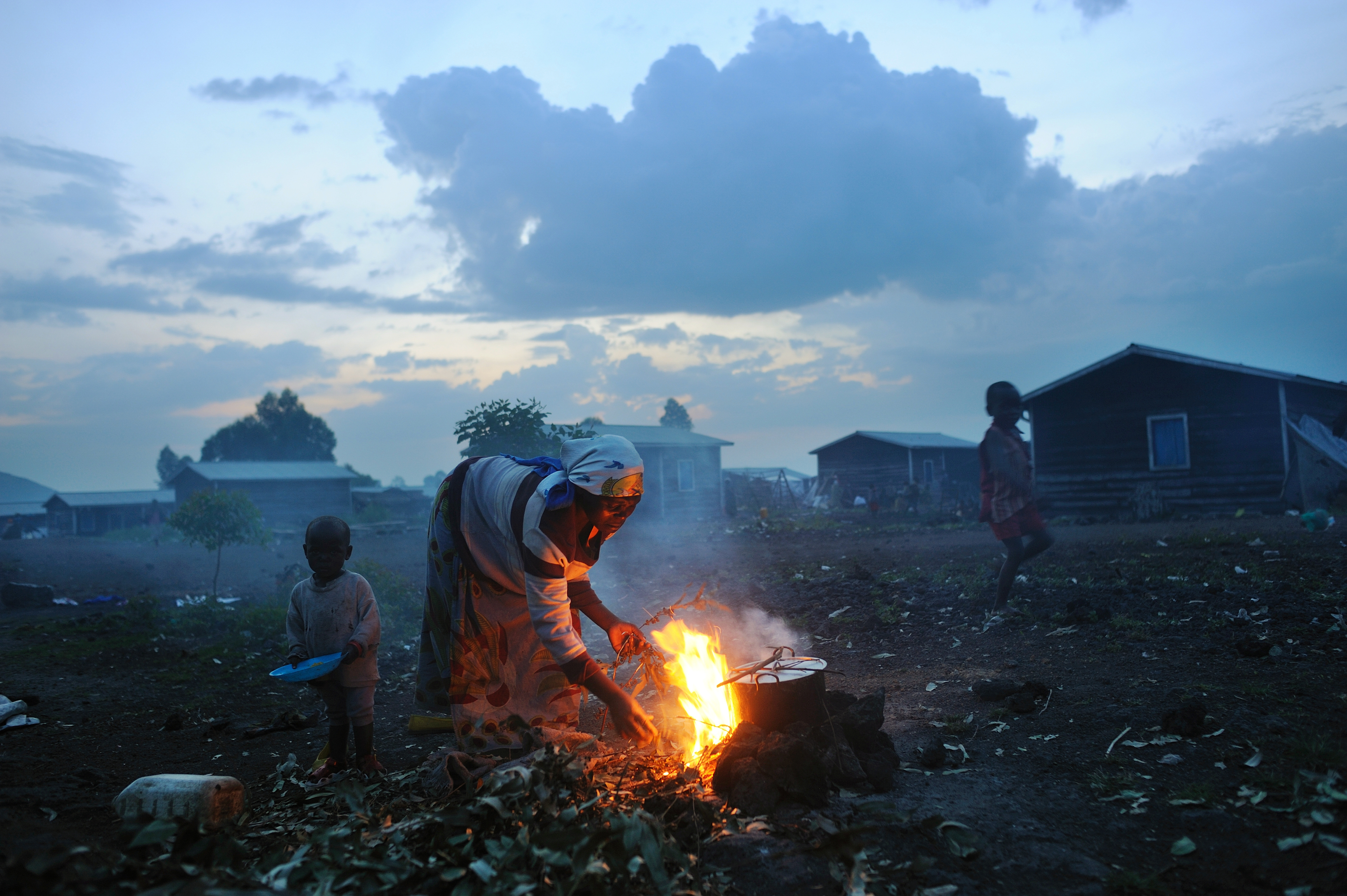When Basic Instinct came out in the early ’90s I joined a group of queer women in protest. We handed out flyers and spoiled the movie by telling moviegoers in line, “Catherine did it!” One woman I knew dressed for the protest as the vampire lesbian, a staple in both good films (The Hunger) and bad ones (Dracula’s Daughter, Blood and Roses, Daughters of the Darkness–the list is endless). She later went on to direct the “making of” section of the DVD for Basic Instinct, detailing in it some of the ambiguity she felt, even at the time, because killer queer women, like the ones in Instinct, are both harmful (making us seem even more scary and “unnatural” to straight people) and kind of cool (women who kill are so outside the norm of what films allow women to do that we can’t help admiring them).
At February’s Athena Film Festival I saw the documentary Out in the Night (showing this Monday, June 22 on PBS’s POV) about a group of queer women who defend themselves against a man who harassed them in the street. The film shows newspaper clips referring to the seven women, friends from Newark out for a night in the West Village (historically the queer part of NYC) as a “lesbian wolfpack” and “killer lesbians”–as if groups of queer women habitually roam city streets and take revenge on men who give them shit. The group of us Bitch Flicks writers sitting together at the screening said simply, “We wish.”
But mythology, whether it comes from the tabloids or from movies is a powerful force. Though we see throughout the film, in incisive interviews with the women (one of whom says “If we had chose to call 911 instead of defending ourselves, one of us would be dead”) and blurry footage from a security camera (with helpful clarification from the filmmakers) the group were legitimately defending themselves (one woman lost a chunk of her hair, including some scalp to the man). But the combination of race (all the women are Black), sexuality, and gender identity (at least two of the group are gender-nonconforming) means that the seven were the ones arrested and charged with “gang assault” and even attempted murder.
What follows is the story after the tabloids have lost interest, but is as compelling as a tightly scripted thriller. A racist, homophobic and barely functioning justice system convicts those who plead “not guilty” (these four, the “NJ4” are the focus of the film) and we see them trying to hold it together in prison talking to their supportive families (one of the women, Renata, has a little boy who says, “Mommy, can you do me a favor? If someone tries to fight you, can you walk away from it now?”) and to queer, gender-nonconforming director Blair Dorosh-Walther. The film is beautifully shot by the director of photography Daniel Patterson; the sunshine in some of the outdoor interviews with members of the NJ4 offers a welcome respite from the enraging succession of events. And we do get to see each of the four eventually out of prison: three of them traveled with the film to discuss it after screenings.

The following is a transcription, edited for concision and clarity, from the audience Q and A with three of the NJ4 and director Blair Dorosh-Walther after the screening of Out in the Night at Athena.
I’m sure the discrimination that you all face and that anyone who has been to prison doesn’t end when you leave, so just let us know what it’s been like moving forward after prison.
Patreese Johnson:. Since I was the last one to go home it’s still fresh. I came home last August 2013. I’ve been home a year. I miss school. I finally got a job. It’s seasonal. I had to wait around for the season to come around to get a job. Since I got a felony it’s been really hard to find an occupation unless you know somebody who knows somebody. It’s hard to get assistance from the government.
Terrain Dandridge: I came home in ’08 so I’ve been home for quite some time now. When I first came home I went straight to California, San Francisco, with a support system out there did The Dyke March and saw Angela Davis.
Renata Hill: I came home in April of 2010 and I do have a felony on my record and it has been really hard. I mean I’ve had two jobs since I came home, but it was a struggle to get them as well as a struggle to keep them. I had to fight for custody of my son. We went through the shelter system because as Patreese mentioned it’s really hard to find housing with a felony especially once they see “gang assault”, they just automatically assume the worst. I moved into my own apartment the end of August, early September. And April is my last month on parole so I’ll no longer belong to the state of NY and I’m in school.
You all seem really comfortable in the film, being filmed and I’m wondering what the relationship building process was like between you and Blair.
Renata It wasn’t as easy as it may look. Blair was really gentle coming into the picture. Like she explained to us her feelings behind it, the media and how it made her feel. She did all the necessary things, like she got to know our family members. She wasn’t somebody who wanted to just come in and wanted to know the story. She was the outside person advocating for us the hardest. She became like a family member to us. And she also, throughout the process, when things got really difficult to talk about, she respected our privacy, She gave us our space. Now she can’t get rid of us.
Patreese: She was another support system the we can rely on, and she never let us down to this day. It was easy to always talk to Blair. It wasn’t all about just work and getting the story. And she got to know us first before she started doing any filming or really got any type of question in.

Blair Dorosh-Walther: I found out about the fight initially the day after it happened. The Post, The Daily News, The New York Times all had articles coming out the day after. There was a lot of discussion happening in the greater LGBT community, in the West Village, the article in the New York Times caused me to get invested in their case because it’s the Times, not a tabloid paper. So I got involved as an activist. There were a lot of community meetings in the West Village. At first we didn’t know what happened so the conversation was around the media attention and the police. My background’s in film, but I didn’t think a white director should tell this story. And so I didn’t and was an activist for the first two years. In 2008 when their appeals were approaching, that’s when I went to them, the family members and their attorneys to see if there was interest in doing a documentary film. So we did start this long, slow process of interviewing each other, getting to know each other. I wanted to make sure they felt comfortable with me and could ask me the same questions I was asking them, but could also feel comfortable answering truthfully. We’ve been working on the film together for close to seven years.
You said as a white person you didn’t feel comfortable telling this story, why is that? Also, what are the next steps? Is there a lawsuit, civil suit or does this just stop with the film?
Blair: It’s not that I didn’t feel comfortable, it’s that I didn’t feel a white director should do it. And I think that white directors have a long history of telling African American stories through a white perspective and it’s really problematic. So that’s something that, as a filmmaker, I kept questioning and kind of checking myself and also the rest of our crew, how my race impacts the power dynamics of our storytelling. About any potential legal recourse, there’s not really anything that can happen. Additionally the guy did sue each of them. I didn’t put it in the film: he sued and because of the way their appeals turned out Patreese and Renata did have to settle, so they do owe him money.
Patreese: Honestly, I didn’t see racism in our cases. A lot of supporters came to me and said, “You’re being discriminated against. I’m telling you this wouldn’t have happened to you if this was a straight, white woman.” I thought that type of racism or discrimination was dead, but obviously it’s not. If Blair did not come to us and ask us to tell our side of the story I wouldn’t be sitting here tonight.
Renata: I’m pretty sure she experienced the same thing that we experienced on a daily basis with being treated different because of her sexuality, so that alone puts her on the same page as us. Like Patreese said, had she not come to us, doing this documentary you guys wouldn’t be watching it, because nobody else came to us, Ebony magazine, Jet magazine. Nobody came to us to get our side of the story.
Patreese: Those magazines still haven’t come to us to get our side of the story so that says a whole lot too.
Obviously the content of the film was incredibly compelling as were the people and the story, but I was really struck by the look of it and I wondered if you could talk about how you came to it.
Blair: Daniel Patterson was the director of photography. He’s been working on the film since day three. We talked a long time about how we wanted the look of the film, particularly the interviews with the women how we wanted them to be more intimate because the media attention was so outrageous. We wanted to make sure their voices were as validated as possible. Daniel Patterson is also a protege of Bradford Young who just shot Selma and is revolutionizing the way Black people are shot in film, so a part of that came through.
One of the things I wanted to address was how beautifully and positively you all are taking the experience and how supportive your families were. Talk a little bit about your life and what is it about each of your personalities that takes this incredibly complicated experience and finds light and beauty.
Terrain: Well my mom was very supportive throughout the whole situation, for all seven and then when it happened for all four, she was there for all four.
Renata: The most support I had was through my Mom, at the beginning. And I lost her early on into it, so after that and during the entire time Mama Kimma (Terrain’s mother) was always there. That was the first call I made when I lost my Mom. She’s still there.
Patreese: How did I push through? My family. I suffered from depression a lot, so that was very hard. A lot of our supporters who wrote us got us through it. When they wrote and shared their stories, that definitely lifted my spirits. And I leaned on my religion and my friends. Renata helped me. Coming to these screenings and seeing everybody here definitely helps. Because everybody’s like, “Look, I just saw this film with you and it was amazing.” I’m not just existing anymore. I’m really living. We went (with the film) to the conference called “Creating Change.” It showed me that I’m here to start making changes so this doesn’t happen to anybody else. So many young people and old people who got life and are not coming home because of violence that was done to them and they were defending themselves and no one is hearing their stories.
What’s next for each of you?
Renata: Right now I’m in my second semester studying human services.
Terrain: I’ve been working since I came home, looking forward to going to school to be a respiratory specialist.
Patreese: I’m a straight-up advocate. Everybody is separating all these issues that we have “Black Lives Matter,” “Trans Lives Matter.” I’m tired of the separation. Right now that’s where my passion is at. I don’t know what I want to be. I do want to own my own business. I want to be a physical therapist. I know I can’t work in a hospital, because of the felony.
Blair: We are working on our outreach plan right now with organizations to use the film as a tool in their campaigns. We’re also partnered with the United Nations trying to decriminalize homosexuality worldwide. There are 77 sites around the world. I work with local organizations on the ground. These four need to be honored, both for defending themselves on the street and in the courtroom for pleading “not guilty,” because they were facing 25 years.
[youtube_sc url=”https://www.youtube.com/watch?v=dMvwjLbM0RI”]
___________________________________________________
Ren Jender is a queer writer-performer/producer putting a film together. Her writing, besides appearing every week on Bitch Flicks, has also been published in The Toast, RH Reality Check, xoJane and the Feminist Wire. You can follow her on Twitter @renjender
